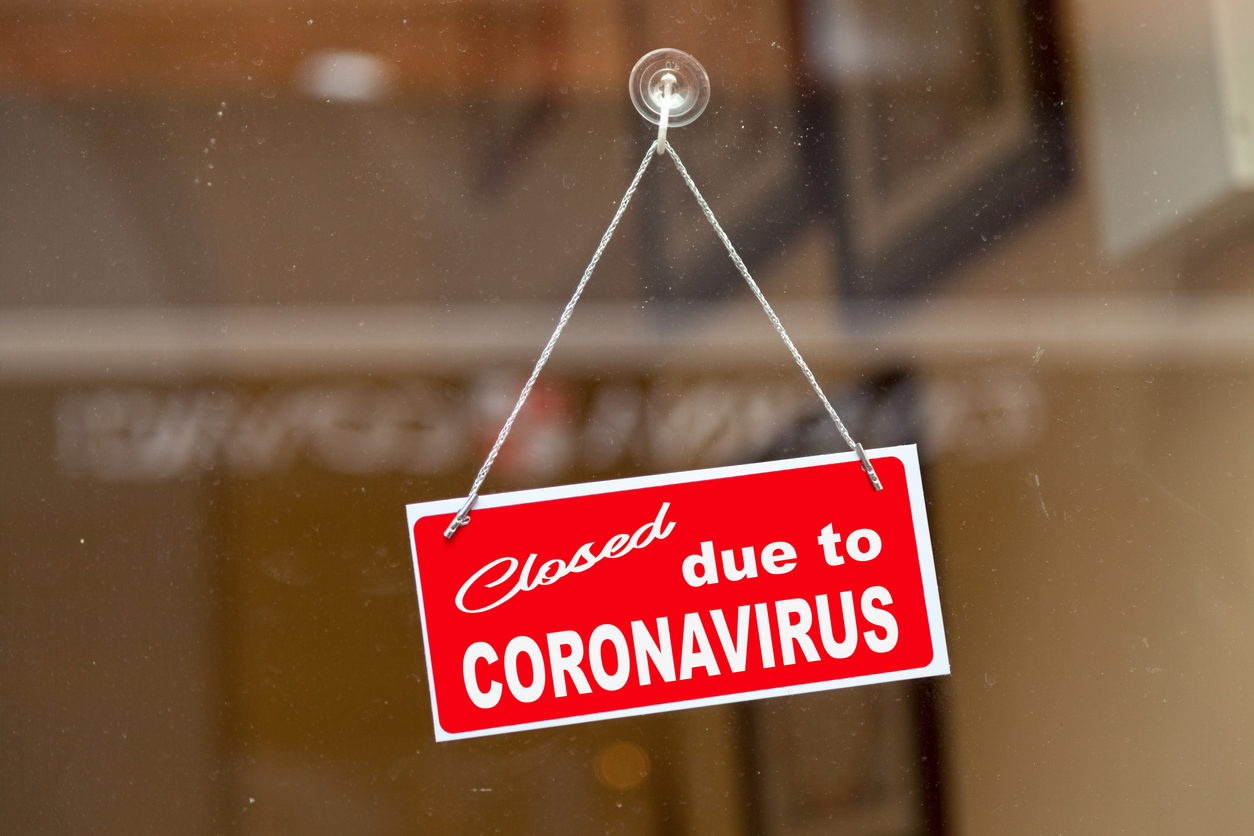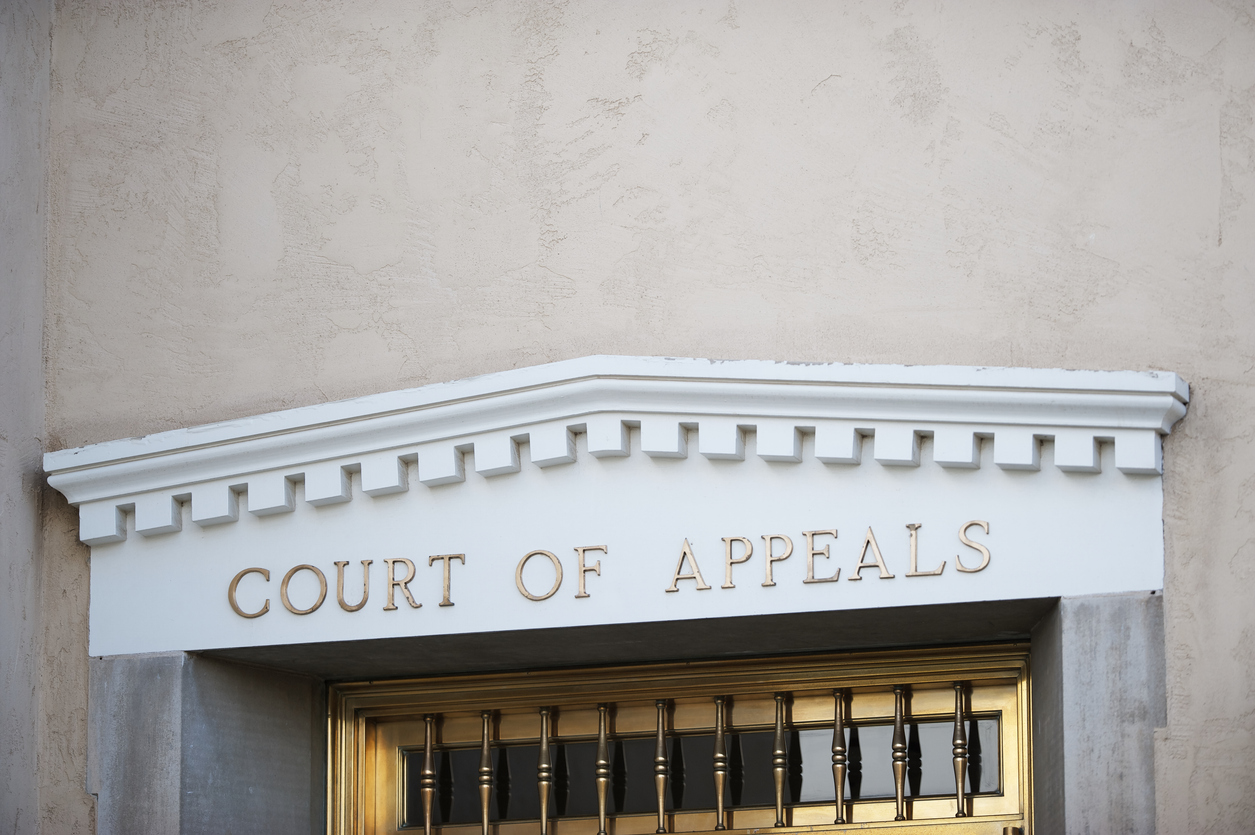Florence battered the Carolina Coast with 90mph winds when it made landfall near Wilmington, North Carolina on September 14, 2018. Florence downgraded to a tropical storm Friday evening and is now crawling across South Carolina at a drastically slow rate of approximately 5mph. The Carolinas are now facing the devastating effects of catastrophic storm surge, flash flooding, and prolonged river flooding. Some parts of North Carolina are already inundated with over thirty inches of rain.
The Standard Flood Insurance Policy (“SFIP”) provides important coverage information for property owners with flood insurance. The National Flood Insurance Program has three SFIP forms: (1) Dwelling Policy Form; (2) General Property Policy Form; and (3) Residential Condominium Building Association Policy (“RCBAP”) Form.
The Dwelling Policy Form is issued to homeowners, residential renters, condominium unit owners, and owners of residential buildings containing two to four units. Carolina homeowners should be aware of the following important building property coverage information:
Article III. Property Covered
A. COVERAGE A – BUILDING PROPERTY
We insure against direct physical loss by or from flood to:
. . . .
7. The following items of property which are covered under Coverage A only:
a. Awnings and canopies;
b. Blinds;
c. Built-in dishwashers;
d. Built-in microwave ovens;
e. Carpet permanently installed over unfinished flooring;
f. Central air conditioners;
g. Elevator equipment;
h. Fire sprinkler systems;
i. Walk-in freezers;
j. Furnaces and radiators;
k. Garbage disposal units;
l. Hot water heaters, including solar hot water heaters;
m. Light fixtures;
n. Outdoor antennas and aerials fastened to buildings;
o. Permanently installed cupboards, book cases, cabinets, paneling, and wallpaper;
p. Plumbing fixtures;
q. Pumps and machinery for operating pumps;
r. Ranges, cooking stoves, and ovens;
s. Refrigerators; and
t. Wall mirrors, permanently installed.8. Items of property in a building enclosure below the lowest elevated floor of an elevated post-FIRM building located in Zones A1-A30, AE, AH, AR, AR/A, AR/AE, AR/AH, AR/A1-A30, V1-V30, or VE, or in a basement regardless of the zone. Coverage is limited to the following:
a. Any of the following items, if installed in their functioning locations and, if necessary for operation, connected to a power source:
(1) Central air conditioners;
(2) Cisterns and the water in them;
(3) Drywall for walls and ceilings in a basement and the cost of labor to nail it, unfinished and unfloated and not taped, to the framing;
(4) Electrical junction and circuit breaker boxes;
(5) Electrical outlets and switches;
(6) Elevators, dumbwaiters, and related equipment, except for related equip¬ment installed below the base flood elevation after September 30, 1987;
(7) Fuel tanks and the fuel in them;
(8) Furnaces and hot water heaters;
(9) Heat pumps;
(10) Nonflammable insulation in a basement;
(11) Pumps and tanks used in solar energy systems;
(12) Stairways and staircases attached to the building, not separated from it by elevated walkways;
(13) Sump pumps;
(14) Water softeners and the chemicals in them, water filters, and faucets installed as an integral part of the plumbing system;
(15) Well water tanks and pumps;
(16) Required utility connections for any item in this list; and
(17) Footings, foundations, posts, pilings, piers, or other foundation walls and anchorage systems required to support a building.
North Carolina and South Carolina property owners are at the beginning stages of a long road to recovery following Florence. It is important to understand the coverage limitations outlined in the SFIP from the onset to manage expectations when filing a flood insurance claim. My family is from North Carolina, I am licensed in North Carolina, and I am happy to answer questions flood insurance policyholders have following this horrific event.



